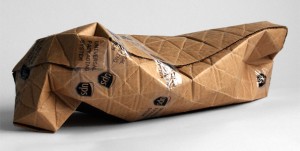There’s nothing quite like the ‘pop’ of a cork exploding from a wine bottle when it’s opened is there? For me, although screw thread or rubber closures do the job, they don’t quite have the same emotional appeal. Well, for those of you who have a similar opinion (94% of wine drinkers according to a survey of 1500), you will be pleased to hear that there is research available to backup the sustainable credentials of cork and its continued use in wine bottles.
According to the Portuguese Cork Association (APCOR) there are 3 misconceptions regarding cork stoppers, that are highlighted in a recent Packaging News article:
1. Trees are NOT cut down in the production of cork – they are harvested in a sustainable manner. In fact harvesting, if managed properly, actually guarantees a trees survival.
2. Screw caps are NOT the most environmentally friendly closure, as cork is 100% natural and renewable and apparently uses 10 times less carbon dioxide (CO2) emissions than plastic stoppers and 24 times less than screw caps.
3. Corked wine is (allegedly) is NO MORE of an issue with natural cork than tainitng is with other closure systems (although this has been very carefully worded by APCOR).
You can read the full article on the Packaging News website.
You could also check out the campaign website www.ilovenaturalcork.co.uk
Chris Penfold

 Another article from a major UK newspaper discussing the amount of food waste generated in the UK each day.Â
Another article from a major UK newspaper discussing the amount of food waste generated in the UK each day. 

